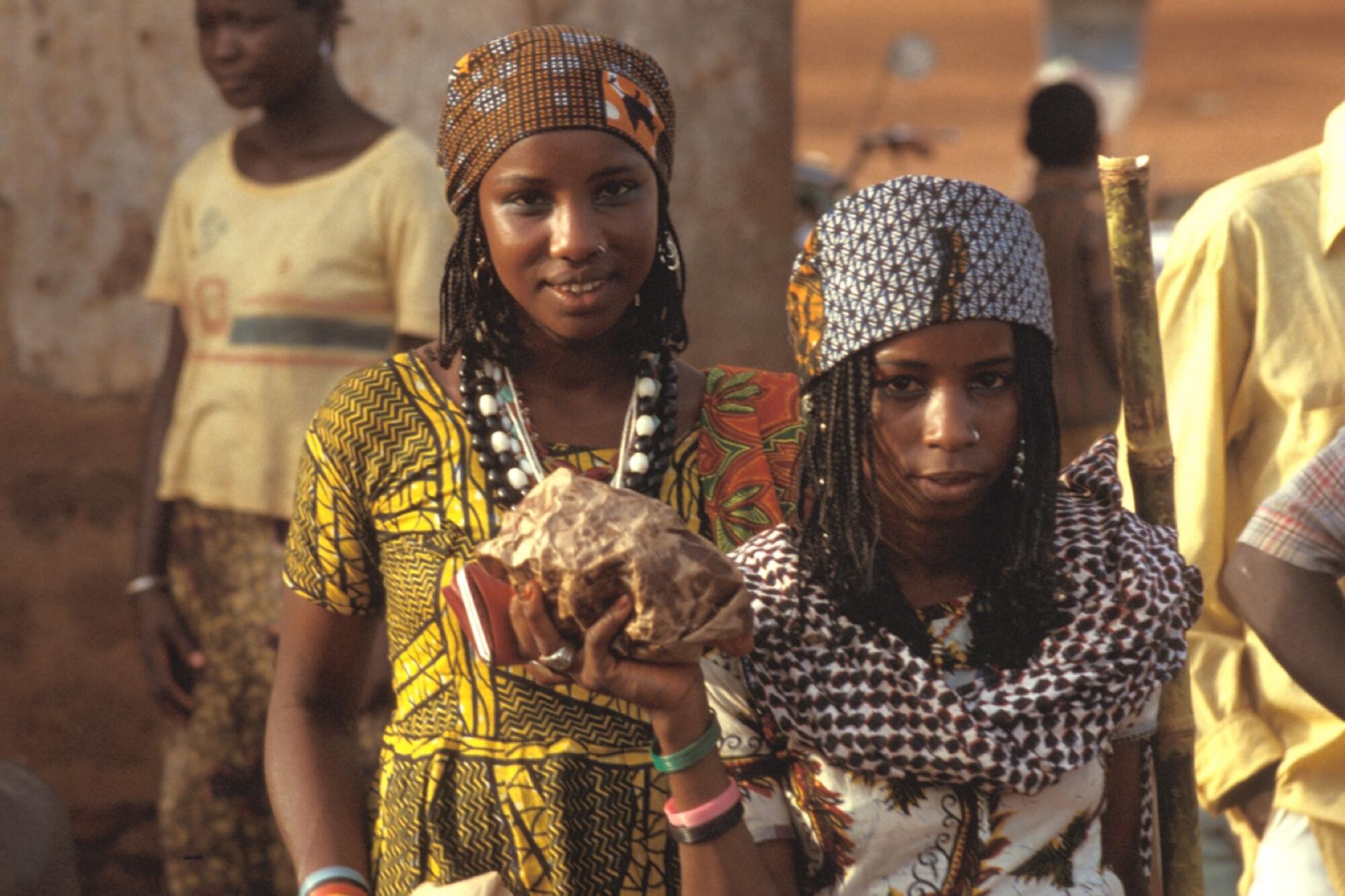
Health and population
Related Goals

Gender equality and women’s empowerment
Related Goals
Background
Women need sexual and reproductive health services from adolescence through the end of their reproductive years, whether or not they have a birth, and those who give birth need essential care to protect their health and ensure their newborns survive. The declines in maternal and infant deaths in developing countries in the last decade are a welcome sign that increased global attention and resources devoted to safe motherhood and child survival are paying off.
Still, disparities in maternal and newborn deaths between the wealthy and poor countries of the world are far too wide, especially given that most of these deaths could be prevented with existing knowledge and technology. Across all world regions, the greatest burden of ill-health among women and infants is concentrated in places where health systems are weak and services are unavailable or inadequate.
Thus, much more work remains to be done to provide essential health services to the poorest and most vulnerable people, and information is needed to guide action and investment.
New estimates for 2014 show that sexual and reproductive health services fall well short of needs in developing regions. An estimated 225 million women who want to avoid a pregnancy are not using an effective contraceptive method. Because increases in contraceptive use have barely kept up with growing populations, this number is virtually unchanged since the Adding It Up report for 2008.
Still, disparities in maternal and newborn deaths between the wealthy and poor countries of the world are far too wide, especially given that most of these deaths could be prevented with existing knowledge and technology. Across all world regions, the greatest burden of ill-health among women and infants is concentrated in places where health systems are weak and services are unavailable or inadequate.
Thus, much more work remains to be done to provide essential health services to the poorest and most vulnerable people, and information is needed to guide action and investment.
New estimates for 2014 show that sexual and reproductive health services fall well short of needs in developing regions. An estimated 225 million women who want to avoid a pregnancy are not using an effective contraceptive method. Because increases in contraceptive use have barely kept up with growing populations, this number is virtually unchanged since the Adding It Up report for 2008.

